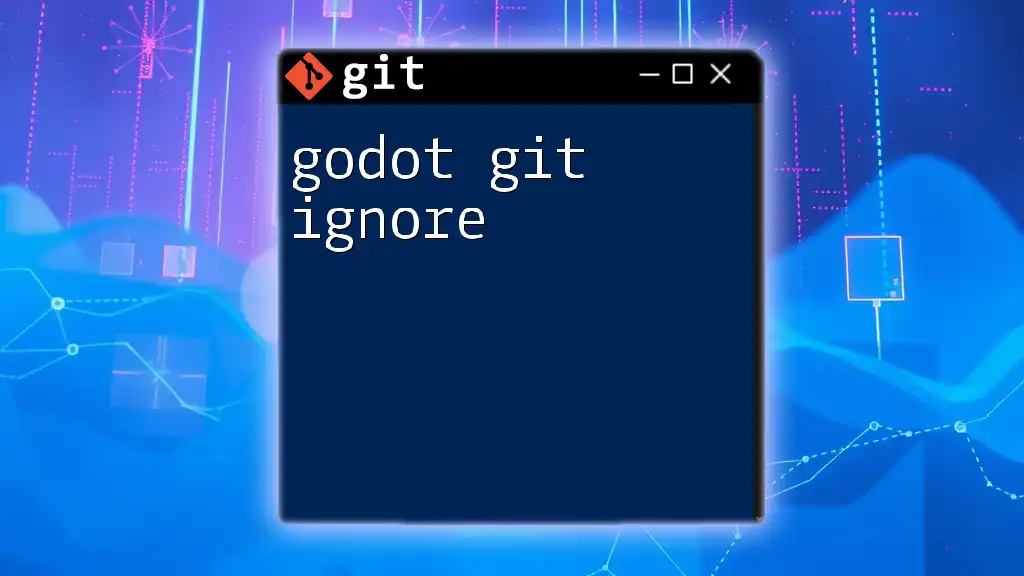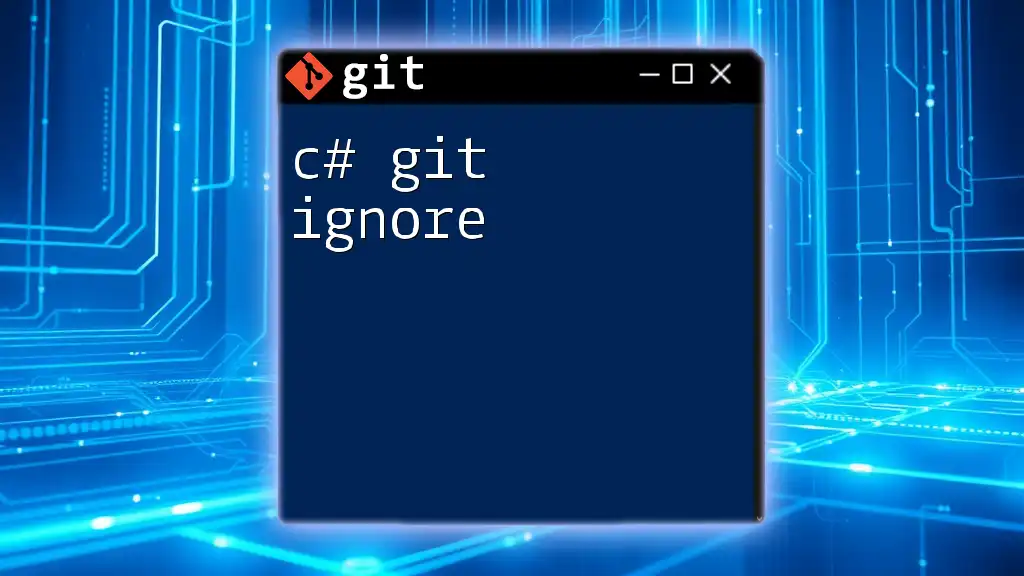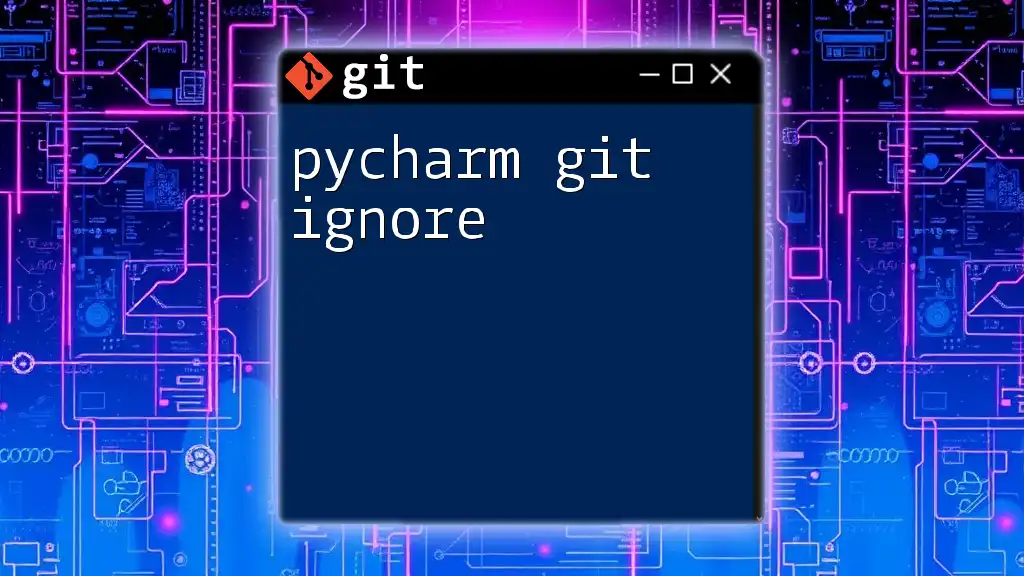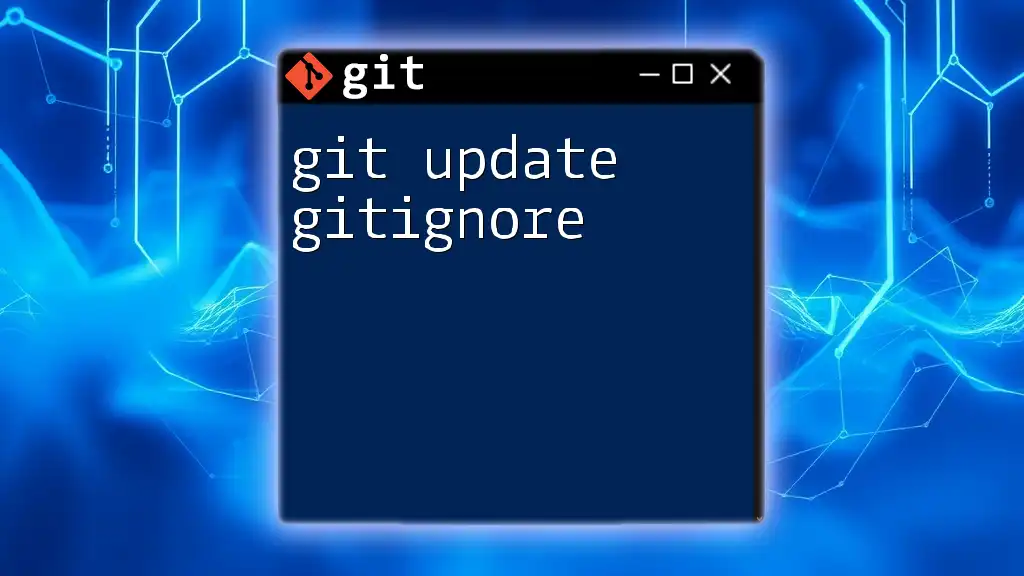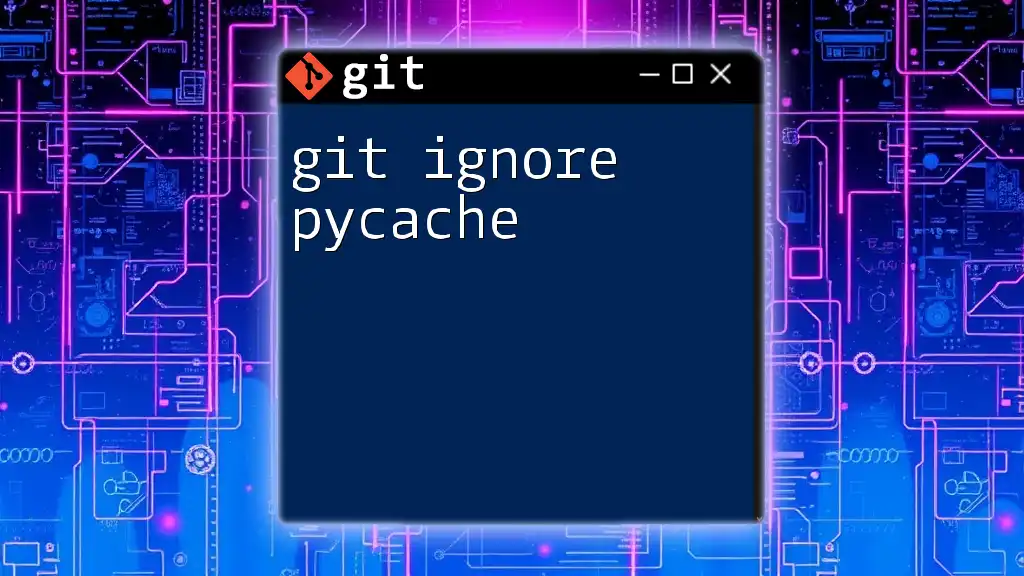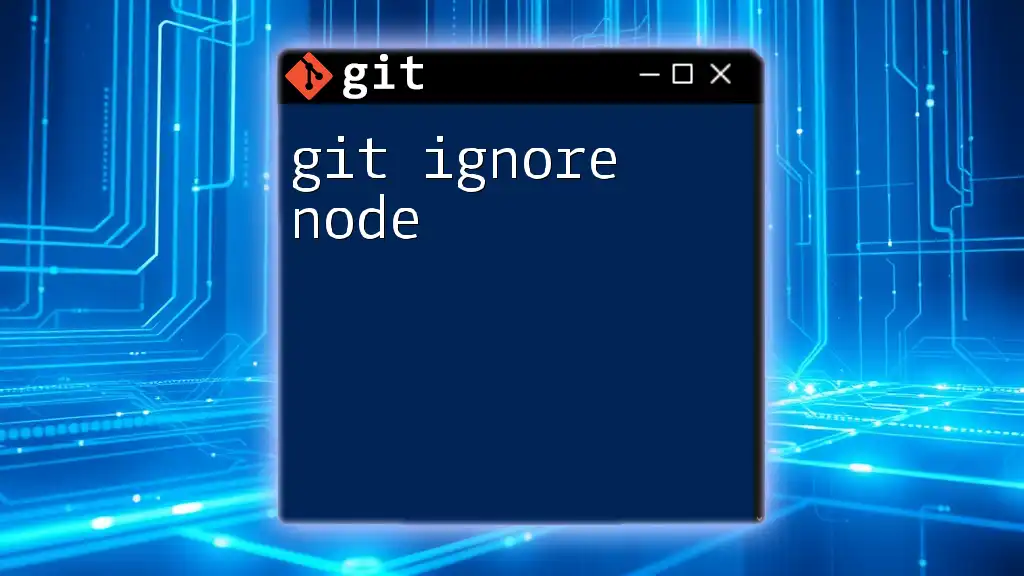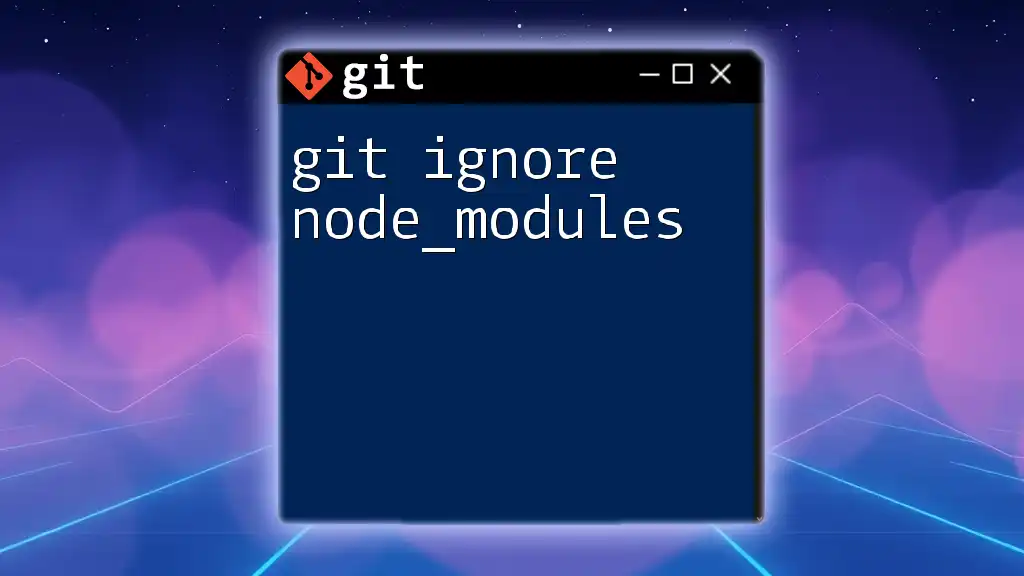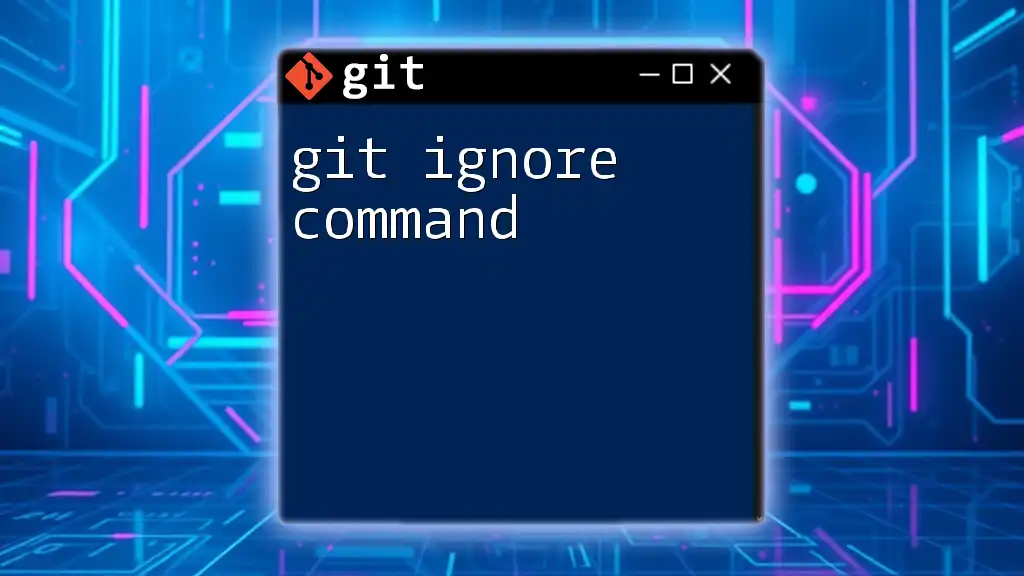In Godot, to prevent certain files from being tracked by Git, you can create a `.gitignore` file and include patterns for the files or directories you want to exclude, such as:
# Godot-specific files
.import/
*.gd.meta
*.tscn
*.tres
*.res
*.import/
*.dylib
*.exe
*.pck
*.pdb
*.smc
Understanding Git and .gitignore
What is Git?
Git is a powerful version control system designed to track changes in source code during software development. It allows multiple developers to work on the same project without overwriting one another's work, making it an indispensable tool for collaborative projects. With Git, you can easily manage your project's history, revert to previous versions, and branch out for new features or experiments that can later be merged back into the main project.
What is a .gitignore File?
A `.gitignore` file serves as an instruction manual to Git, telling it which files or directories to ignore in a repository. This is crucial for maintaining a clean working environment and preventing unnecessary files from cluttering your project. By using a `.gitignore`, you ensure that only files essential for your project are tracked, making version control simpler and more efficient.

Godot Engine Overview
Introduction to Godot
Godot is an open-source game engine known for its versatility and user-friendly design. Its unique features, such as a dedicated scripting language (GDScript) and a visual editor, make it accessible to both beginners and experienced developers launching 2D and 3D games. Given its growing popularity, understanding how to manage files in Godot, especially using a `.gitignore`, becomes imperative for efficient project management.
Directory Structure of a Godot Project
A typical Godot project structure includes several important files and directories. Among them are:
- project.godot: This file contains project settings and configurations.
- scenes/: A directory where scene files are stored, typically ending in `.tscn` or `.scn`.
- scripts/: Often contains your GDScript files.
- assets/: Holds all game assets such as images, sounds, and animations.
Understanding this structure helps easily identify which files should be included in the `.gitignore`.
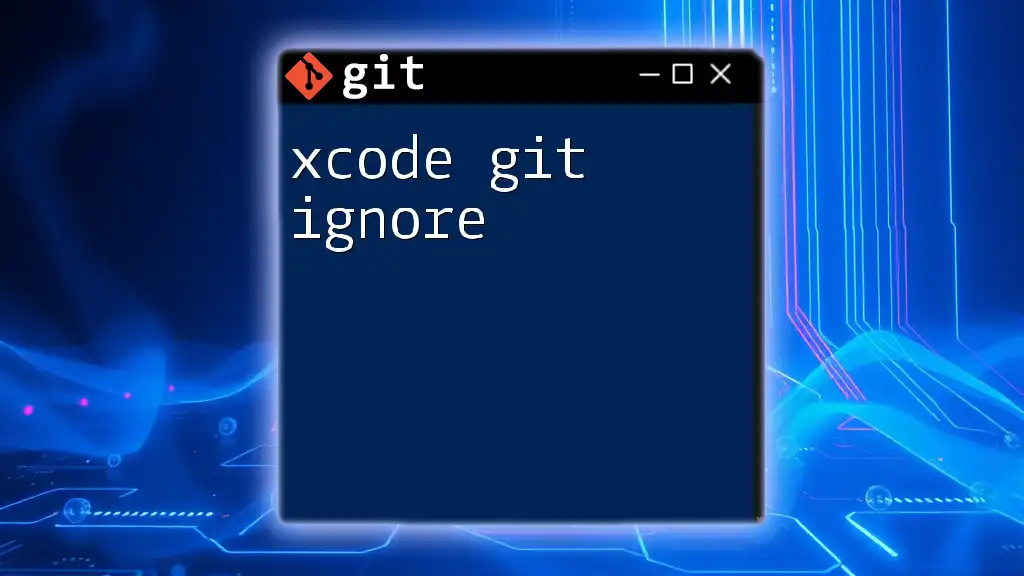
Why You Need a .gitignore for Godot Projects
Types of Files to Exclude
To ensure your Git repository remains uncluttered and efficient, certain types of files and directories should be excluded through your `.gitignore`. Here are some categories to consider:
-
Build artifacts: These are generated files that stem from the build process, such as compiled game builds contained in the `build/` and `export/` directories.
-
User preferences: Files in the `.import/` and `.godot/` directories store user-specific settings and imports that are often unnecessary to share with other collaborators.
-
System files: Temporary files (e.g., `.tmp` or `.log`) created during development should also be ignored. These files can cause confusion and inflate repository size without providing any value.
Preventing Clutter in Your Repository
Keeping your repository clean and manageable is vital for smooth collaboration. When unnecessary files are tracked, it can lead to performance issues and difficulty in navigating the project. By employing a tailored `.gitignore`, you can effectively streamline your project, focusing only on relevant files that contribute to the overall development.
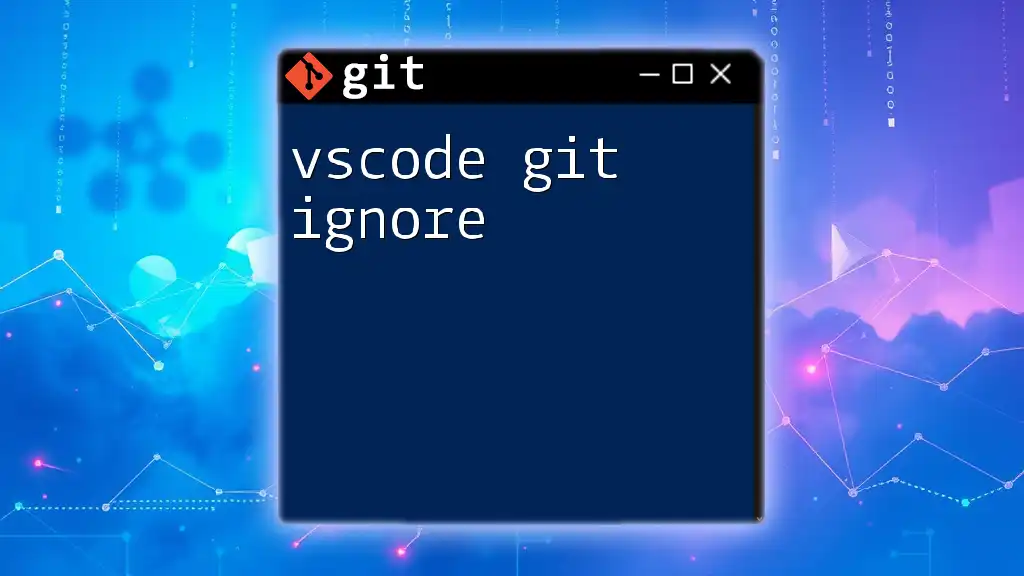
Creating a .gitignore File for Godot
Basic Structure of a .gitignore File
The `.gitignore` file is straightforward in structure and uses simple syntax to define which files to ignore. Here’s an example of a basic `.gitignore` file:
.import/
.godot/
build/
export/
*.tmp
*.log
This short list effectively instructs Git to avoid tracking the specified directories and file types.
Example of a Comprehensive Godot .gitignore
To further enhance your understanding, here's a more detailed `.gitignore` file tailored for Godot projects, along with explanations for each section:
# Godot build artifacts
export/
build/
# User-specific files
.godot/
.import/
# Temporary files
*.tmp
*.log
# Godot specific patterns
*.import
*.godot
- Build artifacts: The `export/` and `build/` directories are typically generated during the build process and do not need to be tracked.
- User-specific files: Both `.godot/` and `.import/` contain settings and imported assets that vary from user to user.
- Temporary files: Files like `.tmp` and `.log` are transient and usually offer little value to collaborators.
- Godot specific patterns: Including wildcard patterns like `*.import` ensures that any new import-specific files that get created in the future will automatically be excluded.
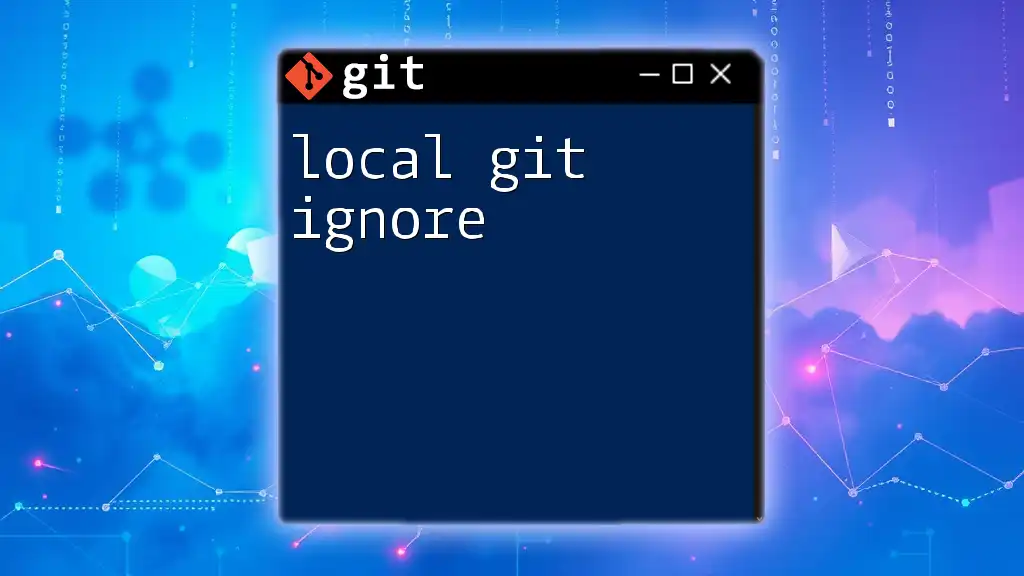
Advanced .gitignore Techniques
Ignoring Specific Files
In some cases, you may wish to ignore a specific file rather than an entire directory. You can achieve this by simply specifying the file name in your `.gitignore` file. For example, to ignore a specific scene file:
# Ignore a specific scene file
my_scene.tscn
This flexibility allows for tailored management of files without accidentally excluding an entire directory of useful content.
Using Comments in .gitignore
Adding comments in your `.gitignore` can be immensely helpful for future reference or for team members reviewing the file. You can add comments using the `#` symbol, which Git ignores when processing the file. For example:
# Ignore temporary files
*.tmp
This enhances readability and provides context behind why certain files are excluded.
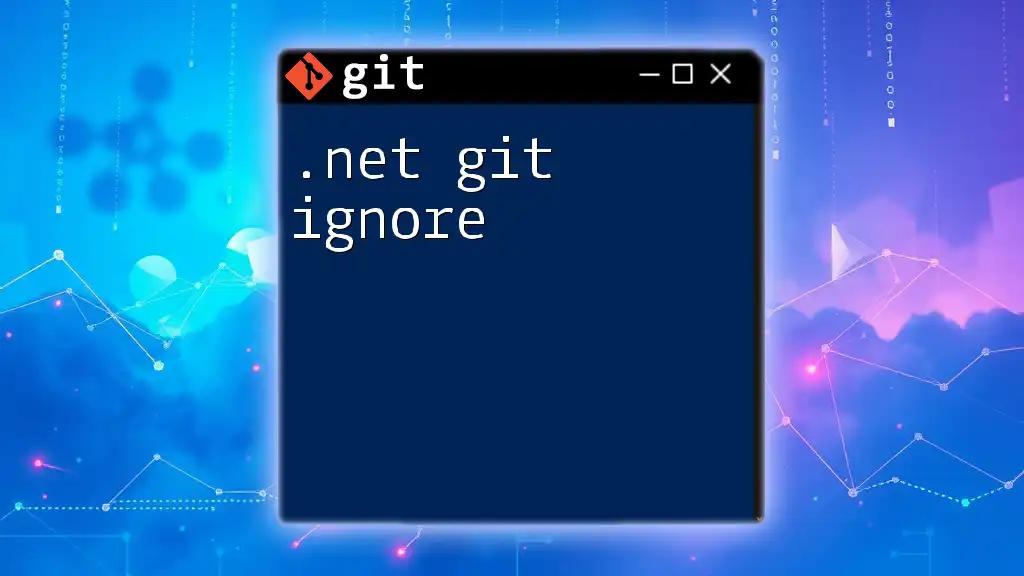
Best Practices for Managing Your .gitignore
Regularly Reviewing and Updating .gitignore
As your project evolves, it's crucial to keep your `.gitignore` file up-to-date. Regular reviews will help you identify any new files or directories that should be added to the ignore list. Ignoring unnecessary files can prevent clutter and keeps your project organized.
Collaborating with Team Members
When collaborating with others, it’s important to ensure everyone is aligned on what to ignore. Sharing a consistent `.gitignore` file in the repository minimizes confusion and ensures that all team members are on the same page regarding which files should not be tracked.
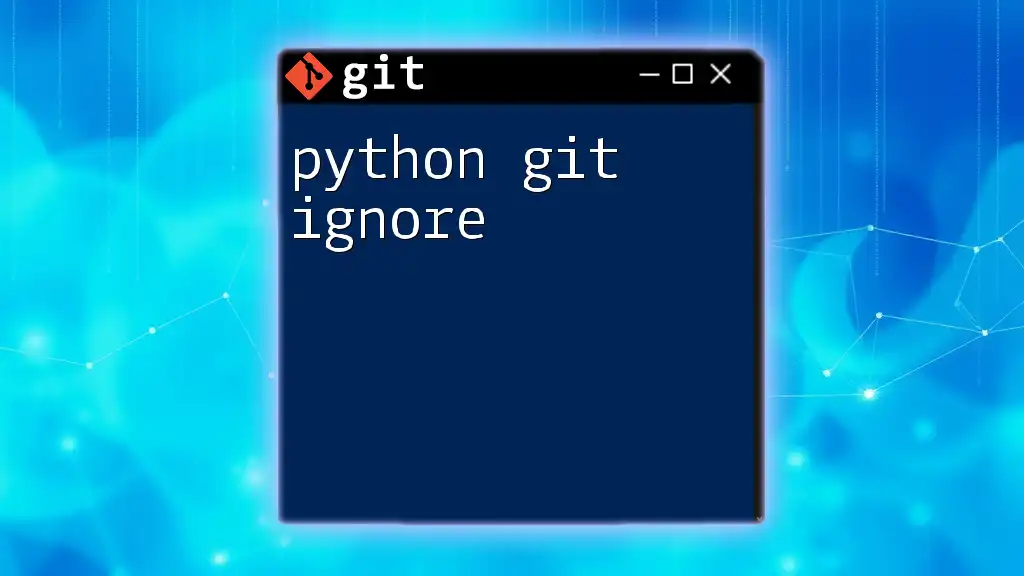
Conclusion
Understanding how to effectively use a godot git ignore file is essential for maintaining a clean and efficient workflow within your Godot projects. By thoughtfully crafting your `.gitignore`, you can prevent clutter and streamline your version control practices. Embracing these principles not only enhances your productivity but also fosters better collaboration with team members, leading to a smoother development process overall.
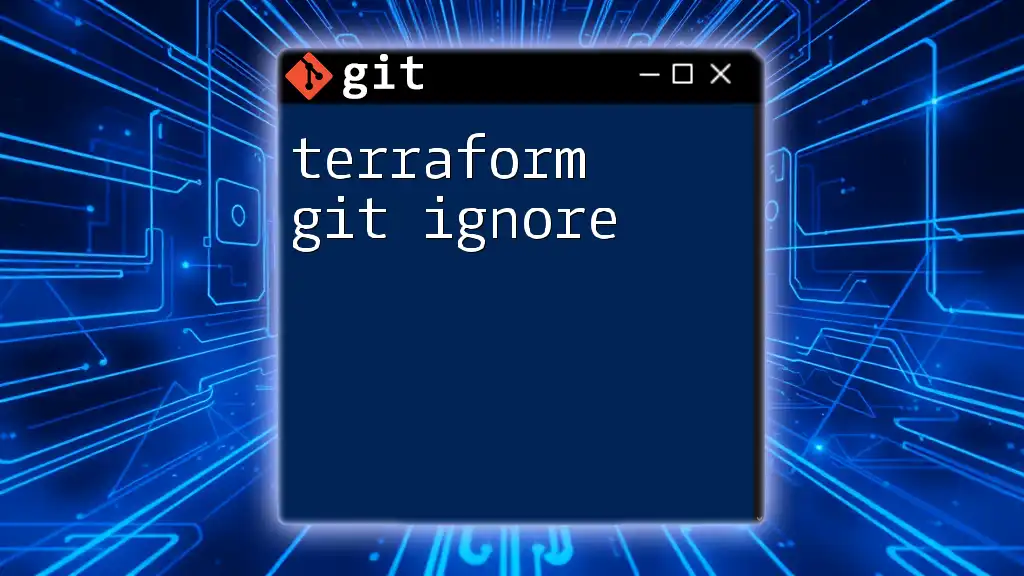
Call to Action
Feel free to share your experiences with Git and Godot in the comments below! Subscribe to our platform for more tips, guides, and insights into mastering Git commands and effective project management strategies.
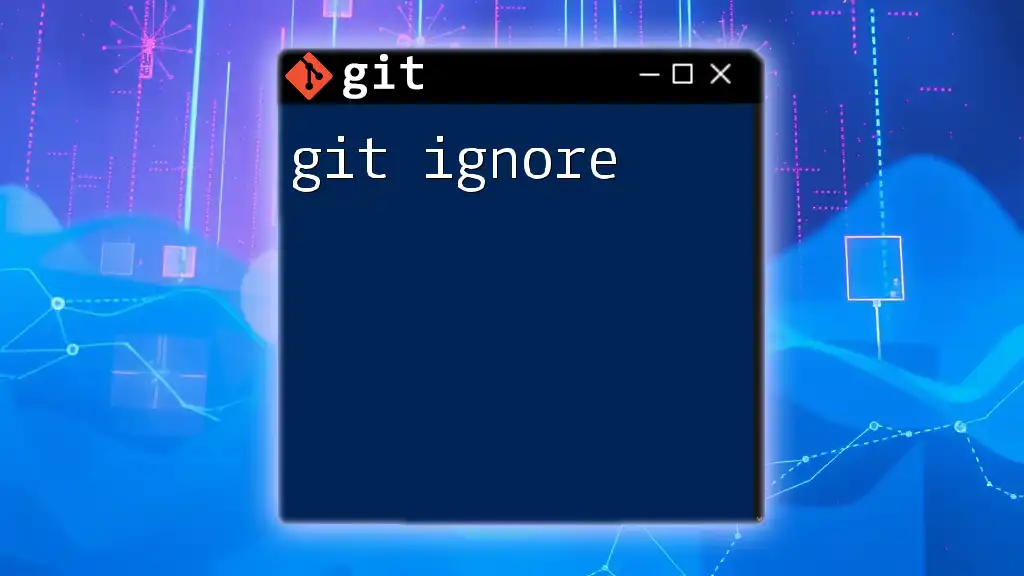
Additional Resources
For further reading on best practices for version control and `.gitignore` files, take a look at the official Godot documentation and Git resources available online. They provide a wealth of information that can enhance your understanding and improve your development projects.

